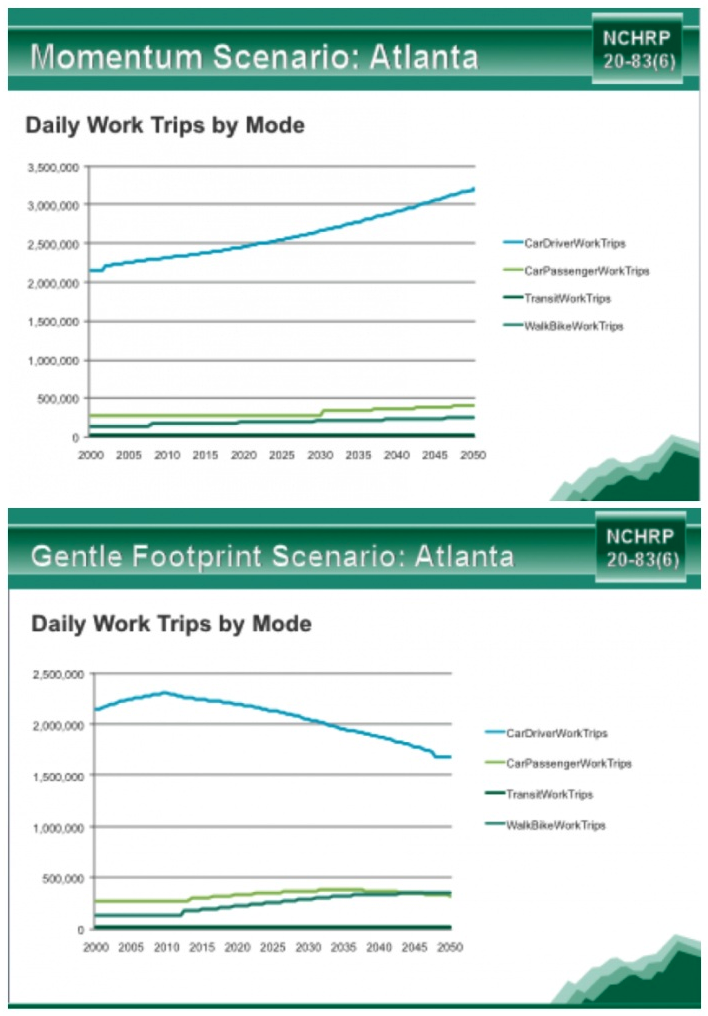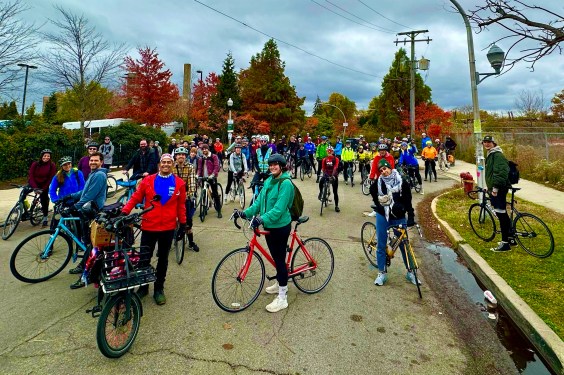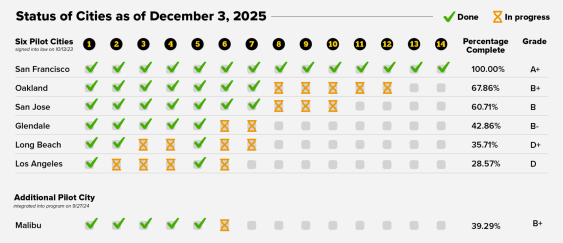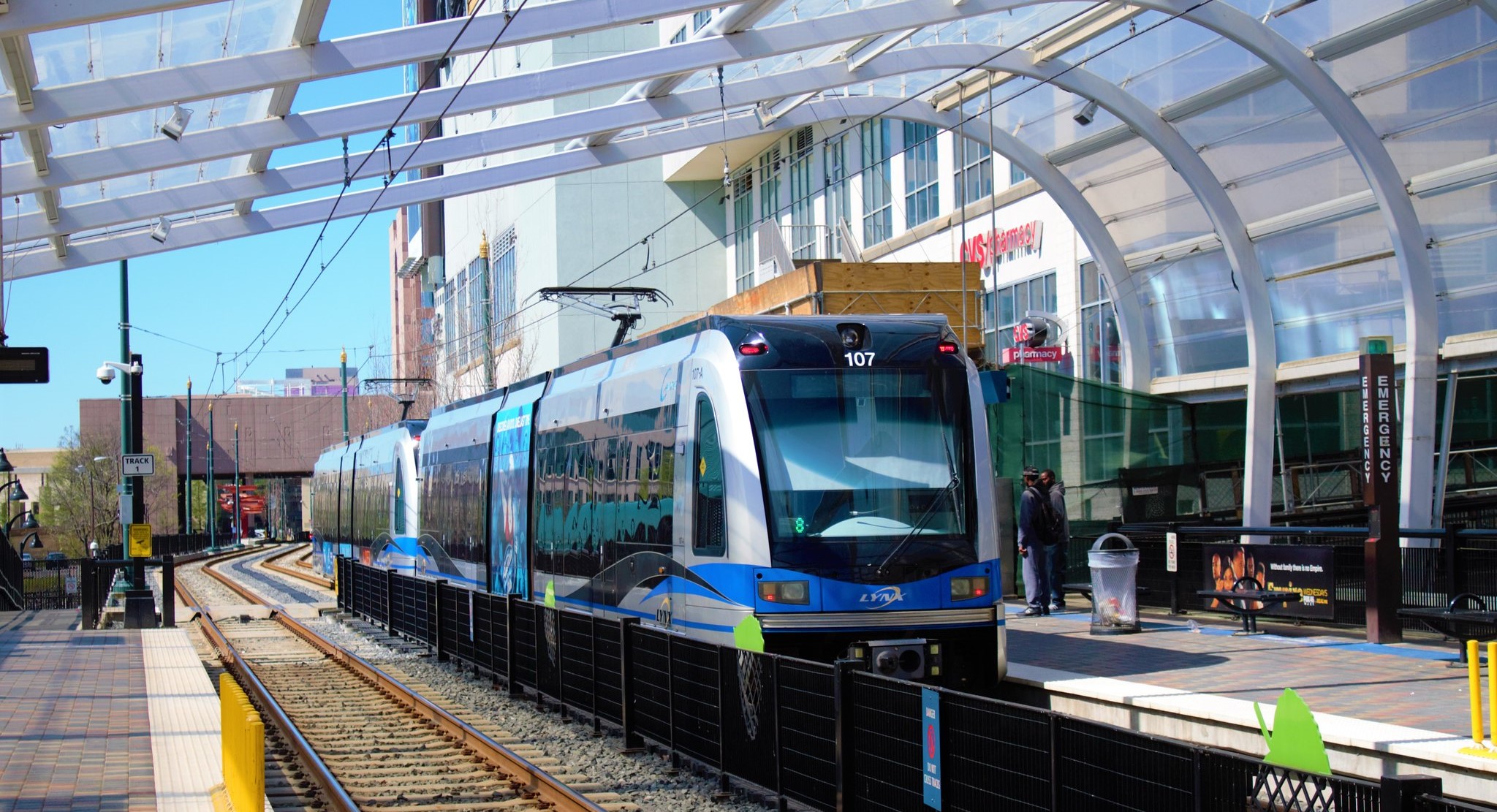As report titles go, you could hardly get less sexy than "NHCRP Report 750: Strategic Issues Facing Transportation, Volume 6: The Effects of Socio-Demographics on Future Travel Demand." But buried within this wonky new document from the Transportation Research Board are ideas that can -- and should -- upend the way local, state, and federal officials plan for future transportation needs.

It’s no secret that our current transportation models have done a lousy job of accounting for the recent decline in driving in the United States. The most glaring example is the U.S. Department of Transportation’s biennial "Conditions and Performance" report to Congress, which has repeatedly forecast a return to rapid growth in driving that has repeatedly failed to materialize.
Bad forecasts lead to bad decisions – specifically, the investment of vast amounts of public resources in new and expanded highways that we probably don’t need (e.g. in Wisconsin).
At first, the transportation policy establishment chalked up the decline in driving to the economic recession and assumed it was only temporary. That is despite the fact that, as Robert Puentes and Adie Tomer from the Brookings Institution pointed out as early as 2008, the drop in per-capita driving began well before the recession. And it's continued during the recovery.
Over time, however, experts have come to recognize the multiple factors – including changes in the composition of the workforce, an aging population, technological changes, and shifts in housing and travel preferences among Millennials -- that have contributed to the recent fall in driving and that make further stagnation in vehicle travel likely.
The new TRB report (which we could refer to by the catchy acronym SIFTV6:TESDFTD, but won’t) explicitly acknowledges these fundamental changes, identifying eight socio-demographic trends that will influence demand for vehicle travel through 2050. Of those eight trends, only one (changes in the nation’s racial and ethnic mix) is expected to contribute to an increase in per-capita driving, while at least five (the “graying” of America, technological change, workforce change, the “blurring of city and suburb,” and slow growth in households) will tend to reduce per-capita driving. (The impacts of the other two trends are ambiguous or unspecified.)
The research project that produced the report also yielded a software tool called "Impacts 2050" that can be used by state DOTs and others to evaluate multiple scenarios of future travel demand. Scenario planning is something Frontier Group advocated in our 2013 report with U.S. PIRG Education Fund, "A New Direction," and it acknowledges the fact that we usually know far less about the future than we think we do. Instead of wishing that uncertainty away, scenario tools allow us to incorporate it into effective planning.
The TRB report evaluated future transportation demand under four scenarios -- “Momentum” (continuation of existing trends), “Technology Triumphs” (rapid, technology-driven economic growth), “Global Chaos,” and “Gentle Footprint” (in which environmental values come to the fore) -- and did so for five regions: Atlanta, Boston, Detroit, Houston, and Seattle. In two of the regions (Boston and Seattle), none of the four scenarios evaluated by the researchers led to an increase in per-capita vehicle travel between now and 2050, suggesting that we should probably plan for continued stagnation in driving in those areas. In the other three regions, vehicle travel per capita increased only in the “Technology Triumphs” scenario and declined in the other three. In those areas, transportation investments that deliver value in all four scenarios should probably take priority over those that will only deliver value if driving continues to increase.
The implications of all this are twofold. First, the research team, which was led by researchers from RAND Corporation who helped produce a similarly insightful analysis back in 2013, has confirmed that many of the trends at play in the recent decline in driving are real, important, and likely to have impacts on travel demand for decades to come. Second, and perhaps more important, the research team has given transportation planners a tool that they can use to evaluate the implications of various futures on transportation investment decisions.
We count on transportation planners and policy-makers to shape investments in infrastructure that are designed to last 40 years or more. With transportation funding running short, we can no longer afford to make those decisions based on outdated assumptions and models. The TRB report points toward a new future for transportation planning that embraces uncertainty and reflects recent changes in society. Local, state, and federal transportation planners and policy-makers increasingly have the tools to make sense of these changes and include them in their decision-making. It is up to us to make sure they put those tools to use.
Tony Dutzik is senior policy analyst with the Frontier Group, a think tank working on issues of the environment and democracy.





